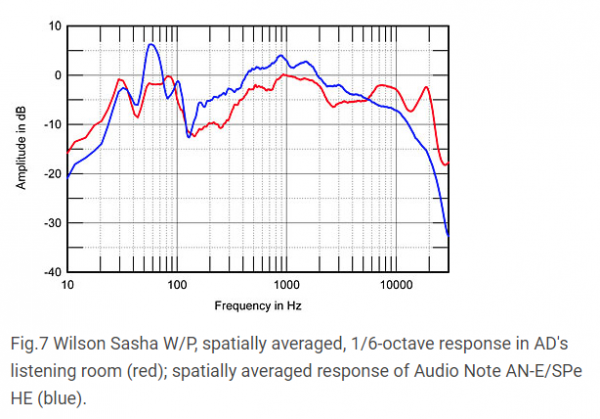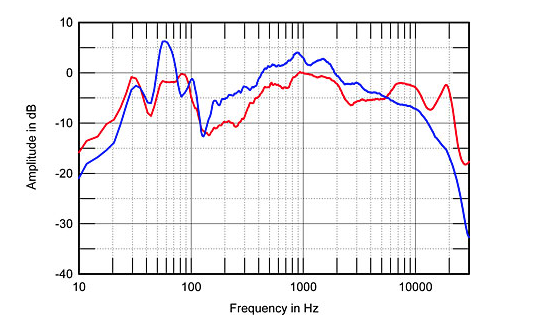The acoustics at many of the demos were terrible. No different really than an audio show where you hear everybody's flagship speakers sound like crap. I was fortunate to hear the 30.7's in a good room and they were amazing. As Jonathan Valin said, you'd have to spend more than $100,000 to equal them. (The 30.7 for condos is even better, and it isn't the size of a barn door.)
Regarding the quality of the materials, Magnepan is still true to its audiophile roots. They just aren't a good fit with the luxury market, in which components are chosen for reasons other than sound quality. I personally wish they would enter that market, not because I care for it personally, but because its become a crucial source of income for high end manufacturers thanks to the fading of middle class demand. But it is true that companies like Wilson and Magico have a lot of experience with that market and are very good at knowing what the luxury market wants. Fancy-sounding, exotic components, fine furniture finishes -- all the stuff that Magnepan rejects because it doesn't help the sound.
And the 30.7 -- where can a prospective customer even hear it? Nowhere. Same with the 20.7. Worse, these days, the larger dealers just point their rich customers to the mediocre sounding boxes. They won't even play the Maggies, unless the customer asks. And Maggies don't sell unless someone hears them, and realizes how much better they sound than boxes. Why should the dealers care? They get a huge markup on an inflated price for little trouble, and the customer goes away happy, not aware that he could have done better. The dealer who sells Maggies effectively is someone who cares enough about the sound to demonstrate it.
When I was into planars (for quite a long time...still like them but don't own them anymore) I was never into Maggies. Why? There were simply much better sounding planars out there to be listened to (and no Martin Logan was not one of them). Apogee, Acoustat and my old STAX speakers were a lot better sounding...period. Now, I haven't heard this 30.7 but I have heard at length the 3.6, 3.7 and 20.7 as well as a bunch of the older models (1.5, 1.6, 2.5r, MMG etc.). Still, I guess this 30.7 is a lot of speaker for the money and probably a reasonable value in that price class. The new kid planar on the block, Alsyvox, is phenomenal sounding and astoundingly priced.









